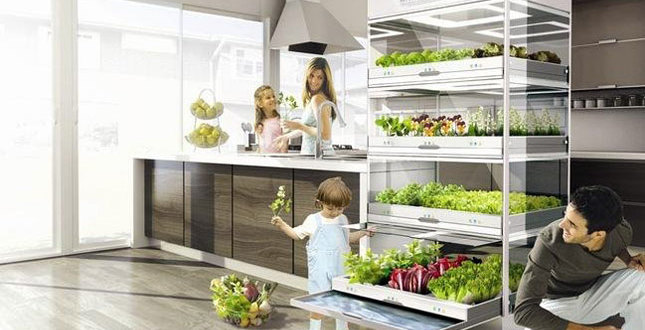Spending some time in your garden is a great way to relax and bring some color to your lawn. When done right, it will allow you to improve the planet, lowering your environmental footprint. Here are some simple ways you can become more sustainable in the garden.
Start Composting
One of the easiest ways of increasing sustainability is by composting. You can use the scraps from your kitchen, which would otherwise have been sent to a landfill. These will contain a lot of valuable nutrients. This will allow you to attract worms and other beneficial organisms into the garden, which will stimulate the growth of your plants. This article goes into more depth on how to start composting.
Use Native Plants
One of the things that will determine how well your garden grows is the type of plants that you are using. It’s best to use native plants. These have been designed to weather the conditions in your local area. This means that they won’t need as many inputs as exotic species. They will usually be more resilient to droughts, needing less water.
If possible, try to get a mix of plants in your garden. For example, you can use taller trees to provide shelter and shade. Plus, the leaves can be a natural form of compost. Additionally, flowering plants and trees can be a good way of bringing more wildlife into your garden.
Avoid Chemical Products
Wherever possible, try to stick to using organic products in your garden. This will benefit your health. There are no potentially harmful chemicals to hurt yourself or your pets. Plus, it will stop runoff. This occurs after the water drains off the soil, taking the chemicals with it. In some cases, the high-nutrient mixes can get into local waterways, where they can stimulate algal blooms. This process lowers the oxygen levels in the water and can create a dead zone, killing fish.
Reuse Household Items
There are dozens of creative ways to use household items in the garden. For example, you can use toilet rolls or egg cartons as planter boxes. You can use sticks as stakes. Old wooden boxes can be used as pots. Not only does this approach save you money, but it also reduces the number of items that will be sent to landfills each year.
Collect and Use Rainwater
Water is a very valuable resource, particularly if your local area is prone to drought. Because of this, you want to make sure that you are using it carefully. There are a few ways that you can do this. First, you should try to collect and store it. If you have the budget, you might want to install a water tank. If you are looking for something cheaper, you can use a cube water container. You can even use a bucket to collect water during the rain. This article goes into more depth about rainwater harvesting. Once you have the rainwater, you’ll need to put it to good use. Getting a good hose ensures that you don’t need to carry heavy watering cans. It should also allow you to control the flow of water. This guide will tell you more about the importance of garden hose reels and help you get the right one for your garden.
Use More Permeable Surfaces
If water is limited in your area, you need to make sure that, when it does rain, the water penetrates deeply into the soil. Whether this will happen will depend on the type of soil in your area. If it is compacted, the water will struggle to get to the roots. To test this, put a screwdriver into the ground. It should sink easily. If it doesn’t, you might need to turn the topsoil. It’s also a good idea to avoid thick mulches, which can block the water.
Propagate Your Seeds
Sometimes, you will find yourself purchasing the same seeds year after year. Over time, these costs can add up. A good solution to this is propagating the seeds yourself. This doesn’t need to be difficult. You can use old egg boxes to house the seeds. This guide goes into more detail about the basics of propagating seeds.
Conclusion
Creating a more sustainable garden will benefit everyone. You will save money, can express yourself creatively, and help the planet. Plus, it won’t take a lot of effort. As long as you implement these simple tips, you’ll be able to create a more environmentally sustainable garden.



